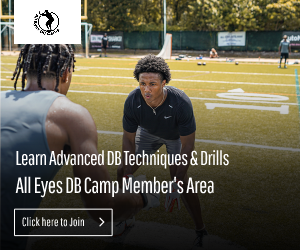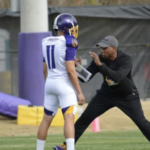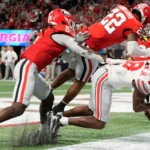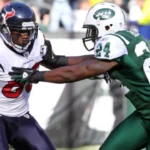Search Your Defensive Back Topic
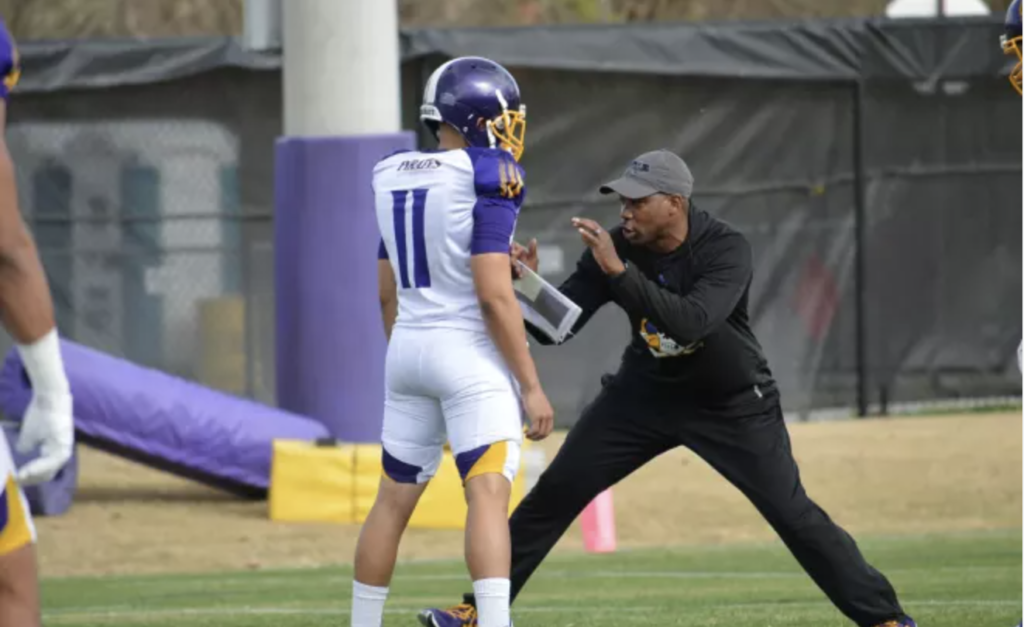
Building Trust with Your DB Coach: Key Steps to Earn Playing Time and Starting Position
As players in the secondary, our first pursuit is playing time and the starting position. To do this, we must earn favor with our coaches. By favor, I don’t mean becoming his pet, but that might be what happens if you follow the steps I will lay out for you in this artic...
Read More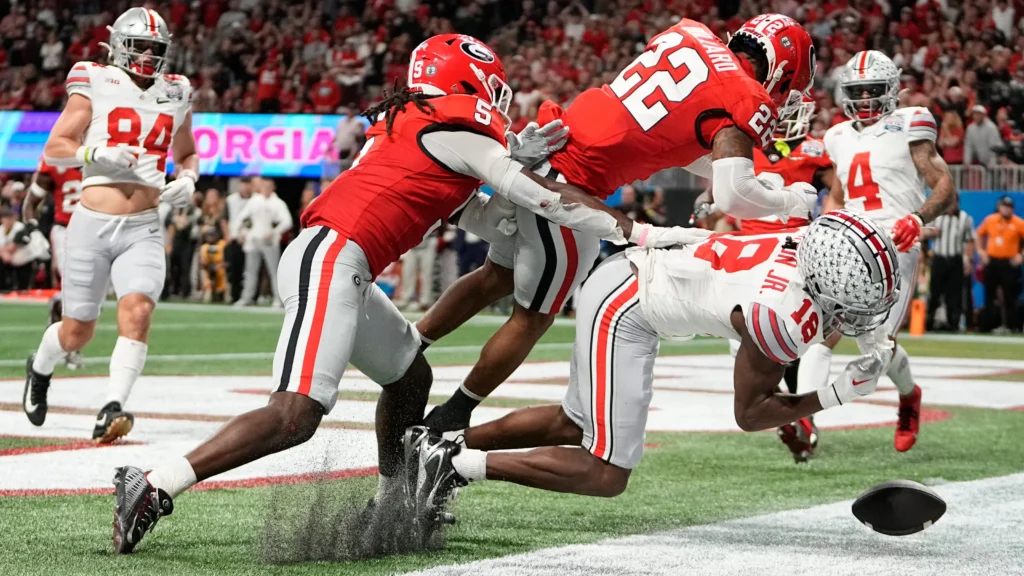
5 Things NFL Scouts Look For in Safeties
As the heartbeat of a defense, safeties play a pivotal role in the game of football. Their ability to read plays, cover ground, and deliver bone-crushing hits can turn the tide of a game in an instant. But what exactly are NFL scouts searching for when evaluating college safet...
Read More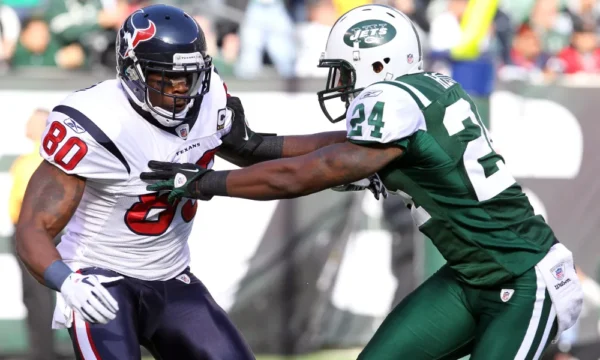
5 Reasons Why Darrelle Revis Was a Shutdown Cornerback
Taking a look at the elements that made Revis one of the games’ best In the world of shut down cornerbacks, one of the top names that stands out is Darrelle Revis. Known for his legendary lockdown defense, he earned the nickname “Revis Island” because he left...
Read More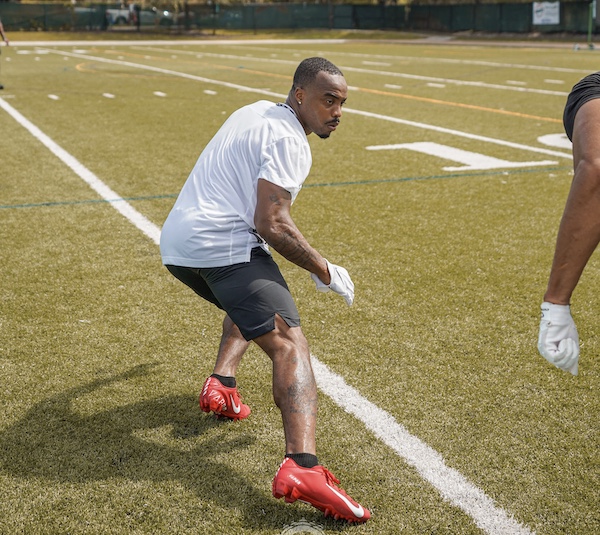
As a DB, Ground Contact is Your Friend
This Key Element Will Unlock Your DB Potential By: Chad Wilson – All Eyes DB Camp Imagine playing a position on the football field where every move feels unnatural, where agility and speed are not just assets but essential skills. That’s the world of a defensive ba...
Read More
Top 10 Fastest Defensive Backs in NFL History
With the recent passing of the NFL Combine and all of the hoopla surrounding the 40-yard dash, I thought it would be a good time to reflect on some of the fastest defensive backs that have suited up to play in the NFL. While any top 10 list can be debated and there are certain...
Read More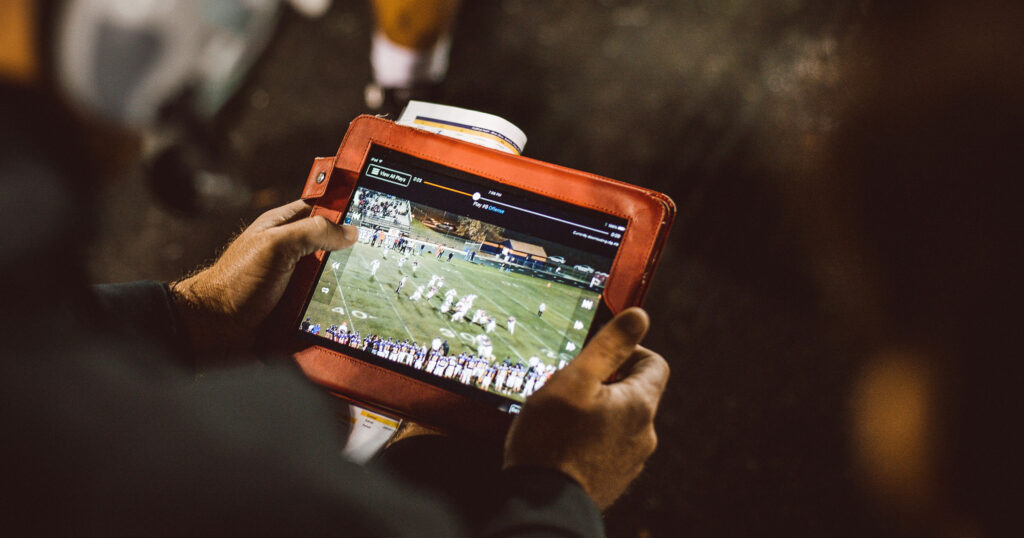
Off Season Film Study 101
When the season is over and you begin preparation for the next one, you can’t ignore film study as a part of the process. In this article, I will discuss a few factors that need to be explored when you are entering into your off-season film study. Studying Yourself I put...
Read More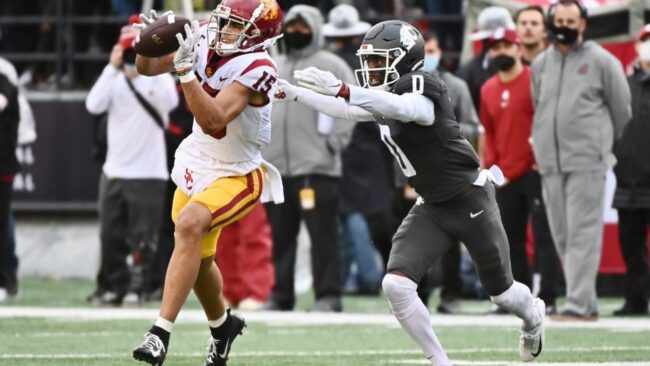
3 Common Mistakes in Press Man and How to Fix Them
By: Chad Wilson All Eyes DB Camp Press man coverage has become an essential skill for defensive backs looking to excel in the secondary. It involves a certain array of physical skills, but more so it requires consistent technique to be good at it. In this article, we will exam...
Read More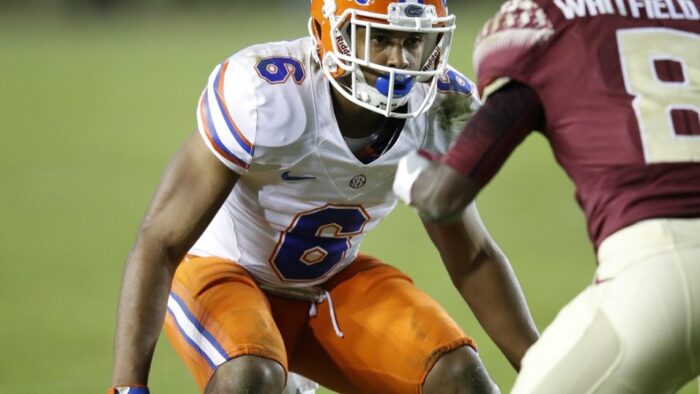
3 Things You Can’t Ignore When Playing Press Man Coverage
By: Chad Wilson Owner: All Eyes DB Camp Nowadays, playing press man coverage is a must for cornerbacks at virtually all levels. Being good at press involves some athletic attributes that are key, however, it is your mental approach that will bring you the most success. In this...
Read More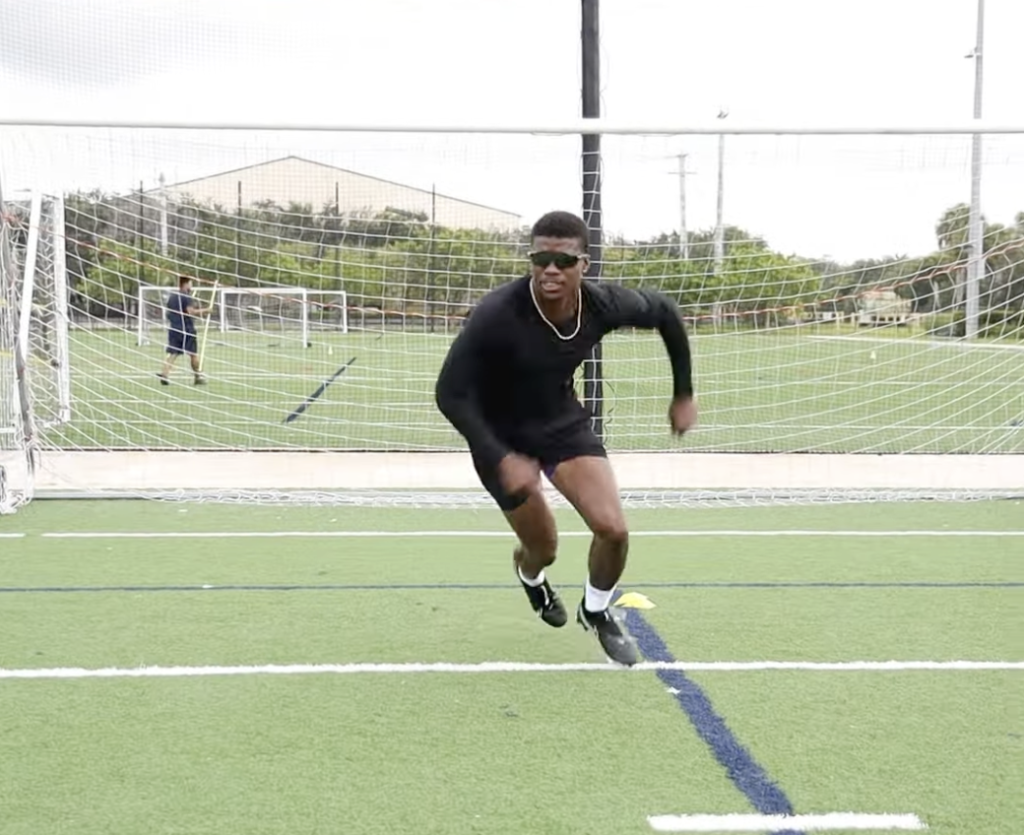
Speed Up Your Breaks with this Top of the Route DB Drill
As defensive backs, we know that a big part of our game is changing direction. The elite ones are able to do this and do it quickly. In the drill that I’m introducing and analyzing for you today we are speeding up our feet and learning how to get out of our brakes with m...
Read More
